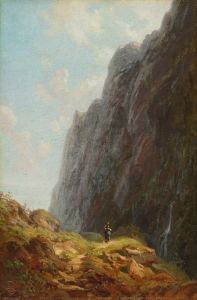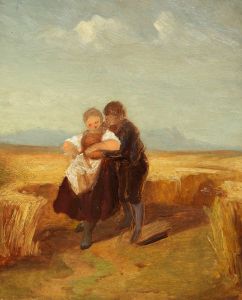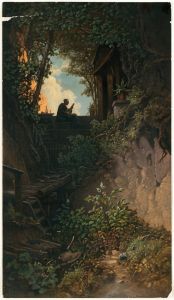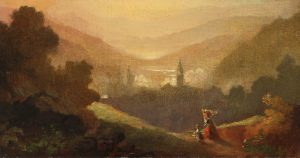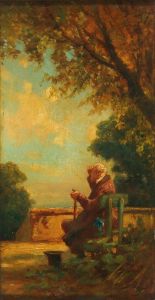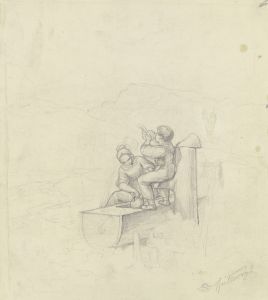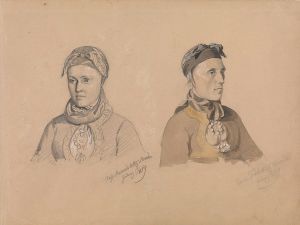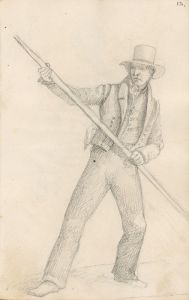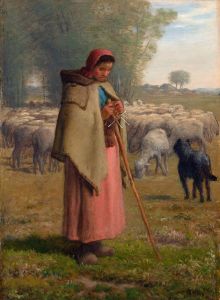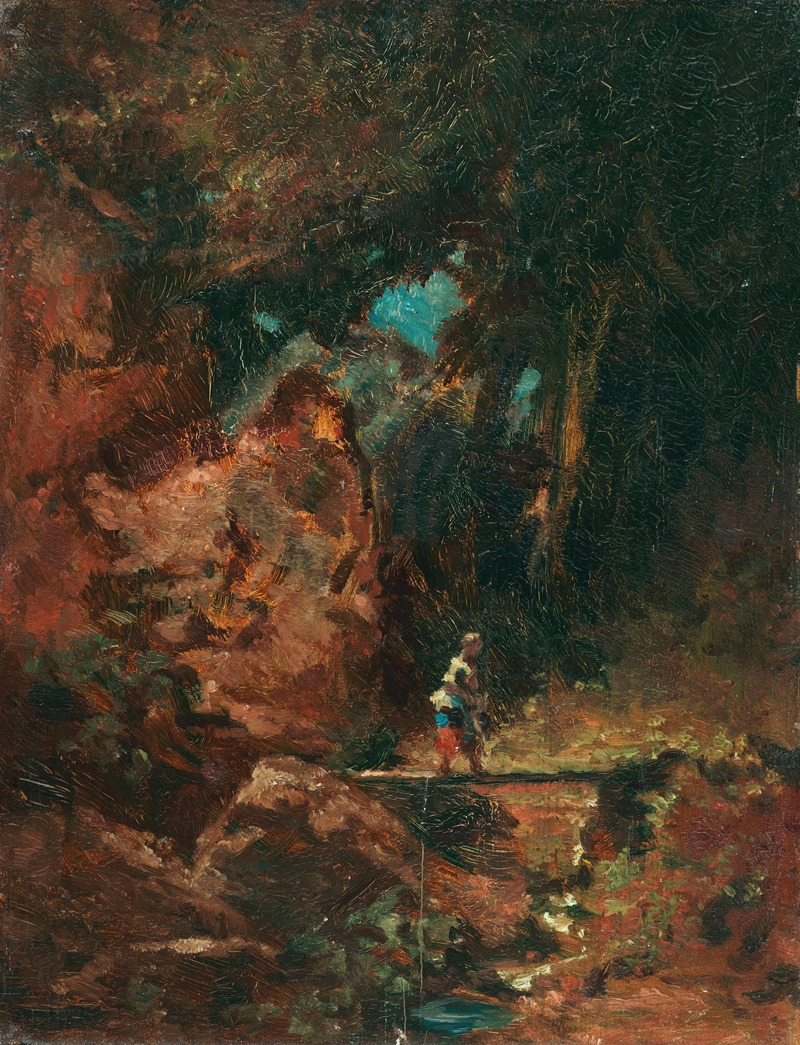
Die Sennerin auf dem Waldsteg
A hand-painted replica of Carl Spitzweg’s masterpiece Die Sennerin auf dem Waldsteg, meticulously crafted by professional artists to capture the true essence of the original. Each piece is created with museum-quality canvas and rare mineral pigments, carefully painted by experienced artists with delicate brushstrokes and rich, layered colors to perfectly recreate the texture of the original artwork. Unlike machine-printed reproductions, this hand-painted version brings the painting to life, infused with the artist’s emotions and skill in every stroke. Whether for personal collection or home decoration, it instantly elevates the artistic atmosphere of any space.
Carl Spitzweg was a renowned German painter and poet, best known for his works that capture the essence of the Biedermeier period in the 19th century. One of his notable paintings is "Die Sennerin auf dem Waldsteg," which translates to "The Dairymaid on the Forest Bridge." This painting is a fine example of Spitzweg's ability to blend romanticism with a touch of humor and a keen observation of everyday life.
"Die Sennerin auf dem Waldsteg" depicts a serene and picturesque scene set in a rural landscape, a common theme in Spitzweg's work. The painting features a dairymaid, or "Sennerin," who is crossing a wooden bridge in a forested area. The setting is tranquil, with lush greenery surrounding the scene, and the bridge itself is rustic, adding to the idyllic charm of the composition. The dairymaid is portrayed in traditional attire, carrying a milk can, which suggests her role and the pastoral life she leads.
Spitzweg's attention to detail is evident in the way he captures the textures of the foliage and the play of light and shadow, which adds depth and dimension to the painting. The use of light is particularly noteworthy, as it highlights the dairymaid and draws the viewer's eye to her, making her the focal point of the composition. This technique is characteristic of Spitzweg's style, where he often used light to create a sense of warmth and intimacy in his paintings.
The painting reflects the Biedermeier period's emphasis on the beauty of everyday life and the simplicity of rural existence. During this time, there was a growing appreciation for the domestic and the picturesque, as people sought comfort and stability in the wake of the Napoleonic Wars and the political upheavals of the early 19th century. Spitzweg's work resonated with this sentiment, as he often depicted scenes that celebrated the quiet joys and simple pleasures of life.
Carl Spitzweg was largely self-taught, and his background in pharmacy before turning to art full-time provided him with a unique perspective on the world. His scientific training may have contributed to his meticulous attention to detail and his ability to observe and capture the subtleties of nature and human behavior. Spitzweg's paintings, including "Die Sennerin auf dem Waldsteg," are characterized by their charm, wit, and a gentle sense of humor, which have endeared them to audiences for generations.
"Die Sennerin auf dem Waldsteg" is a testament to Spitzweg's skill as a painter and his ability to convey the beauty and tranquility of rural life. The painting remains an important part of his oeuvre and continues to be appreciated for its artistic merit and its reflection of the cultural values of the Biedermeier period. Through this work, Spitzweg invites viewers to pause and appreciate the simple, yet profound, moments of everyday life, captured with warmth and affection.






